
Why would a wild animal visit a playground?
Scroll for prep

Please wait…
This video is having trouble loading. You may have lost your Internet connection.
Step 1: Click to Reload this page
Step 2: Click to
Try our other video player
Step 3: contact support if trouble persists.
Or,
dismiss this message.
DISCUSS:
Why do you think the bighorn sheep come to the playground?

Please wait…
This video is having trouble loading. You may have lost your Internet connection.
Step 1: Click to Reload this page
Step 2: Click to
Try our other video player
Step 3: contact support if trouble persists.
Or,
dismiss this message.
DISCUSS:
Why do the sheep climb up into the dry mountains every night? Why don’t they just stay in the park? Any ideas?

Please wait…
This video is having trouble loading. You may have lost your Internet connection.
Step 1: Click to Reload this page
Step 2: Click to
Try our other video player
Step 3: contact support if trouble persists.
Or,
dismiss this message.

Please wait…
This video is having trouble loading. You may have lost your Internet connection.
Step 1: Click to Reload this page
Step 2: Click to
Try our other video player
Step 3: contact support if trouble persists.
Or,
dismiss this message.
Step
01/17
01/17
Get your supplies.

Please wait…
This video is having trouble loading. You may have lost your Internet connection.
Step 1: Click to Reload this page
Step 2: Click to
Try our other video player
Step 3: contact support if trouble persists.
Or,
dismiss this message.
Step
02/17
02/17
You’re going to fold your Habitat Journal in half along the thick black
line. Flip it over, line up the corners, and make a crease. Fold it again
along the thin black line.
line. Flip it over, line up the corners, and make a crease. Fold it again
along the thin black line.

Please wait…
This video is having trouble loading. You may have lost your Internet connection.
Step 1: Click to Reload this page
Step 2: Click to
Try our other video player
Step 3: contact support if trouble persists.
Or,
dismiss this message.
Step
03/17
03/17
Write your name and date on the front of your Habitat Journal. Open
your Habitat Journal so that you can see the page with Park Habitat
at the top.
your Habitat Journal so that you can see the page with Park Habitat
at the top.

Please wait…
This video is having trouble loading. You may have lost your Internet connection.
Step 1: Click to Reload this page
Step 2: Click to
Try our other video player
Step 3: contact support if trouble persists.
Or,
dismiss this message.
Step
04/17
04/17
You’re going to practice looking for animals in the park habitat. Look
for bighorn sheep, hawks, lizards, tortoises, and coyotes. Count how
many animals you see in 15 seconds.
for bighorn sheep, hawks, lizards, tortoises, and coyotes. Count how
many animals you see in 15 seconds.

Please wait…
This video is having trouble loading. You may have lost your Internet connection.
Step 1: Click to Reload this page
Step 2: Click to
Try our other video player
Step 3: contact support if trouble persists.
Or,
dismiss this message.
Step
05/17
05/17
When you see an animal, find it in your Habitat Journal and add an X
to the square right above it. If you see that same kind of animal again,
add an X to the next square.
to the square right above it. If you see that same kind of animal again,
add an X to the next square.

Please wait…
This video is having trouble loading. You may have lost your Internet connection.
Step 1: Click to Reload this page
Step 2: Click to
Try our other video player
Step 3: contact support if trouble persists.
Or,
dismiss this message.
Step
06/17
06/17
You’ll have a minute and 30 seconds to find as many animals as
possible. Watch carefully! Ready, set, go!
possible. Watch carefully! Ready, set, go!

Please wait…
This video is having trouble loading. You may have lost your Internet connection.
Step 1: Click to Reload this page
Step 2: Click to
Try our other video player
Step 3: contact support if trouble persists.
Or,
dismiss this message.
Step
07/17
07/17
Circle each kind of animal that you found in the park habitat.

Please wait…
This video is having trouble loading. You may have lost your Internet connection.
Step 1: Click to Reload this page
Step 2: Click to
Try our other video player
Step 3: contact support if trouble persists.
Or,
dismiss this message.
Step
08/17
08/17
Count up the total number of animals that you found in the park.
Count up all the boxes with an X and write that number in your
Habitat Journal.
Count up all the boxes with an X and write that number in your
Habitat Journal.

Please wait…
This video is having trouble loading. You may have lost your Internet connection.
Step 1: Click to Reload this page
Step 2: Click to
Try our other video player
Step 3: contact support if trouble persists.
Or,
dismiss this message.
Step
09/17
09/17
It’s time to visit the Desert Habitat to see how many animals you can
find.
find.

Please wait…
This video is having trouble loading. You may have lost your Internet connection.
Step 1: Click to Reload this page
Step 2: Click to
Try our other video player
Step 3: contact support if trouble persists.
Or,
dismiss this message.
Step
10/17
10/17
You’ll have a minute and 30 seconds to find as many animals as
possible. Watch carefully! Ready, set, go!
possible. Watch carefully! Ready, set, go!

Please wait…
This video is having trouble loading. You may have lost your Internet connection.
Step 1: Click to Reload this page
Step 2: Click to
Try our other video player
Step 3: contact support if trouble persists.
Or,
dismiss this message.
Step
11/17
11/17
Circle each kind of animal that you found in the desert habitat.

Please wait…
This video is having trouble loading. You may have lost your Internet connection.
Step 1: Click to Reload this page
Step 2: Click to
Try our other video player
Step 3: contact support if trouble persists.
Or,
dismiss this message.
Step
12/17
12/17
Count up the total number of animals that you found in the desert
habitat. Count up all the boxes with an X and write that number in
your Habitat Journal.
habitat. Count up all the boxes with an X and write that number in
your Habitat Journal.

Please wait…
This video is having trouble loading. You may have lost your Internet connection.
Step 1: Click to Reload this page
Step 2: Click to
Try our other video player
Step 3: contact support if trouble persists.
Or,
dismiss this message.
Step
13/17
13/17
DISCUSS:

Please wait…
This video is having trouble loading. You may have lost your Internet connection.
Step 1: Click to Reload this page
Step 2: Click to
Try our other video player
Step 3: contact support if trouble persists.
Or,
dismiss this message.
Step
14/17
14/17
Here’s what we noticed.

Please wait…
This video is having trouble loading. You may have lost your Internet connection.
Step 1: Click to Reload this page
Step 2: Click to
Try our other video player
Step 3: contact support if trouble persists.
Or,
dismiss this message.
Step
15/17
15/17
Take a look at the kinds of plants and the number of plants that the
botanist found in the park habitat and in the desert habitat.
DISCUSS:
botanist found in the park habitat and in the desert habitat.
DISCUSS:

Please wait…
This video is having trouble loading. You may have lost your Internet connection.
Step 1: Click to Reload this page
Step 2: Click to
Try our other video player
Step 3: contact support if trouble persists.
Or,
dismiss this message.

Please wait…
This video is having trouble loading. You may have lost your Internet connection.
Step 1: Click to Reload this page
Step 2: Click to
Try our other video player
Step 3: contact support if trouble persists.
Or,
dismiss this message.
Step
16/17
16/17
We talked to a wildlife biologist who showed us these photos of
bighorn sheep in the park and the desert habitats.
DISCUSS:
bighorn sheep in the park and the desert habitats.
DISCUSS:

Please wait…
This video is having trouble loading. You may have lost your Internet connection.
Step 1: Click to Reload this page
Step 2: Click to
Try our other video player
Step 3: contact support if trouble persists.
Or,
dismiss this message.
Step
17/17
17/17
DISCUSS:

Please wait…
This video is having trouble loading. You may have lost your Internet connection.
Step 1: Click to Reload this page
Step 2: Click to
Try our other video player
Step 3: contact support if trouble persists.
Or,
dismiss this message.

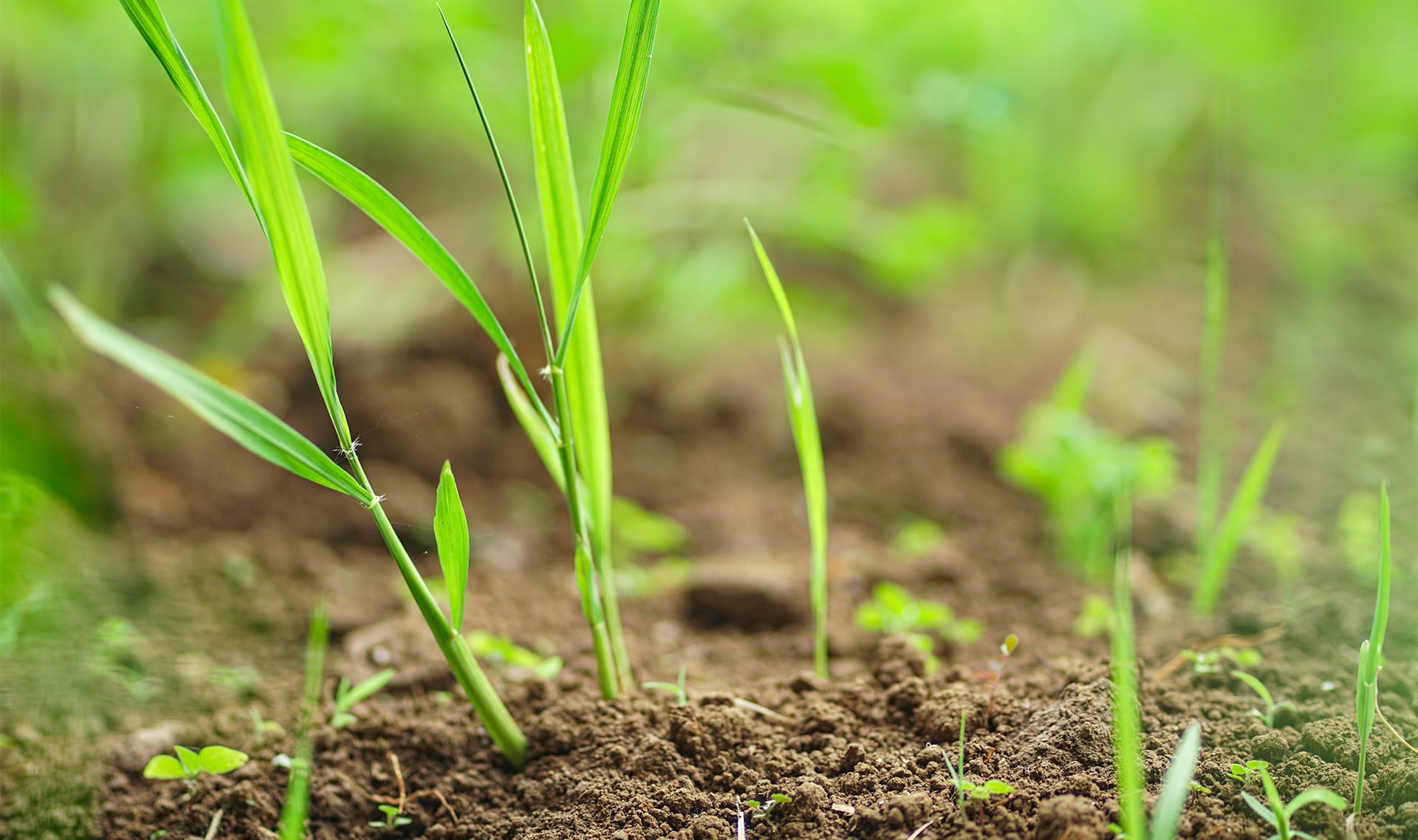
grass
1 of 15
a type of plant with lots of long, thin leaves growing from the ground
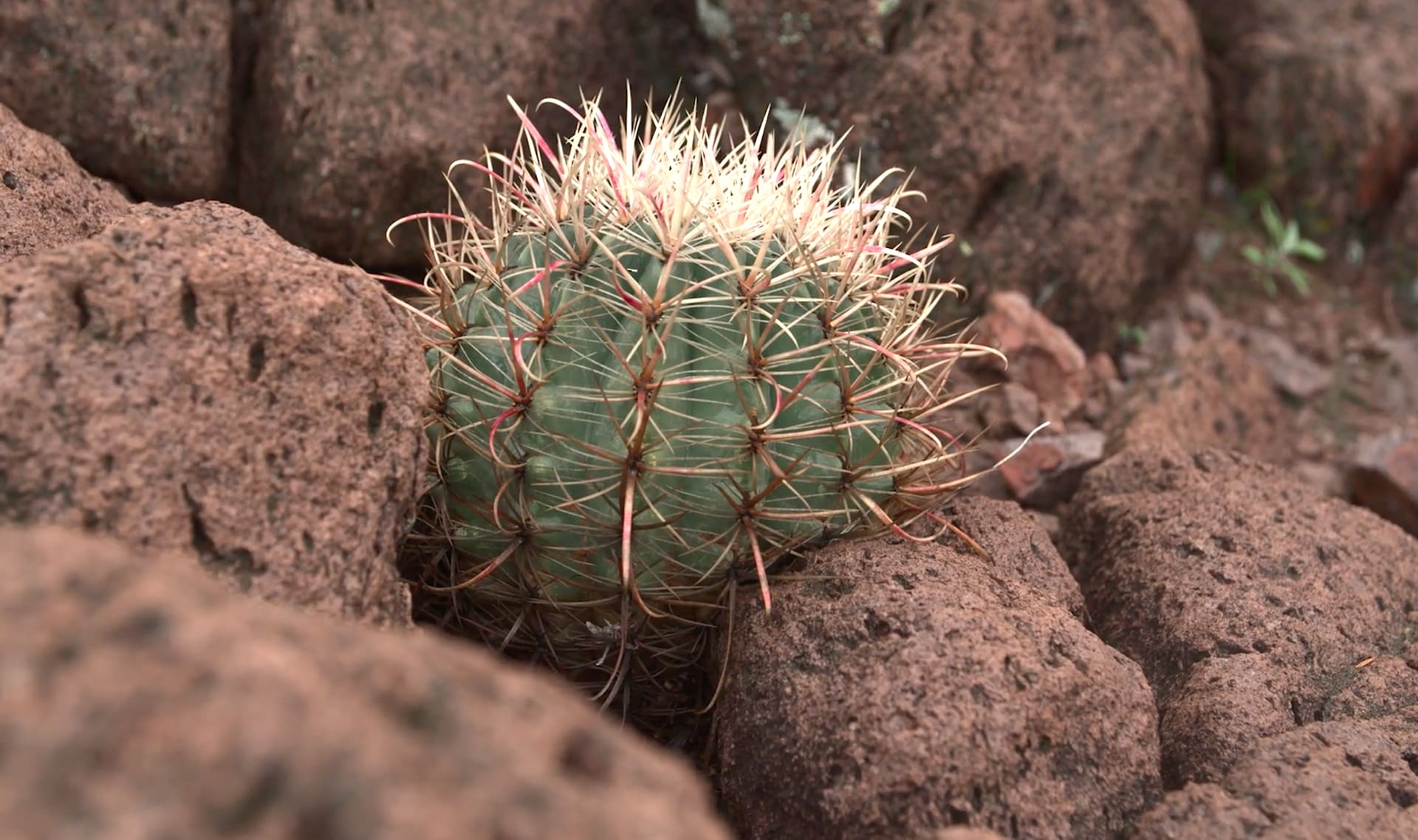
cactus
2 of 15
a type of plant that usually has spikes and is found in the desert
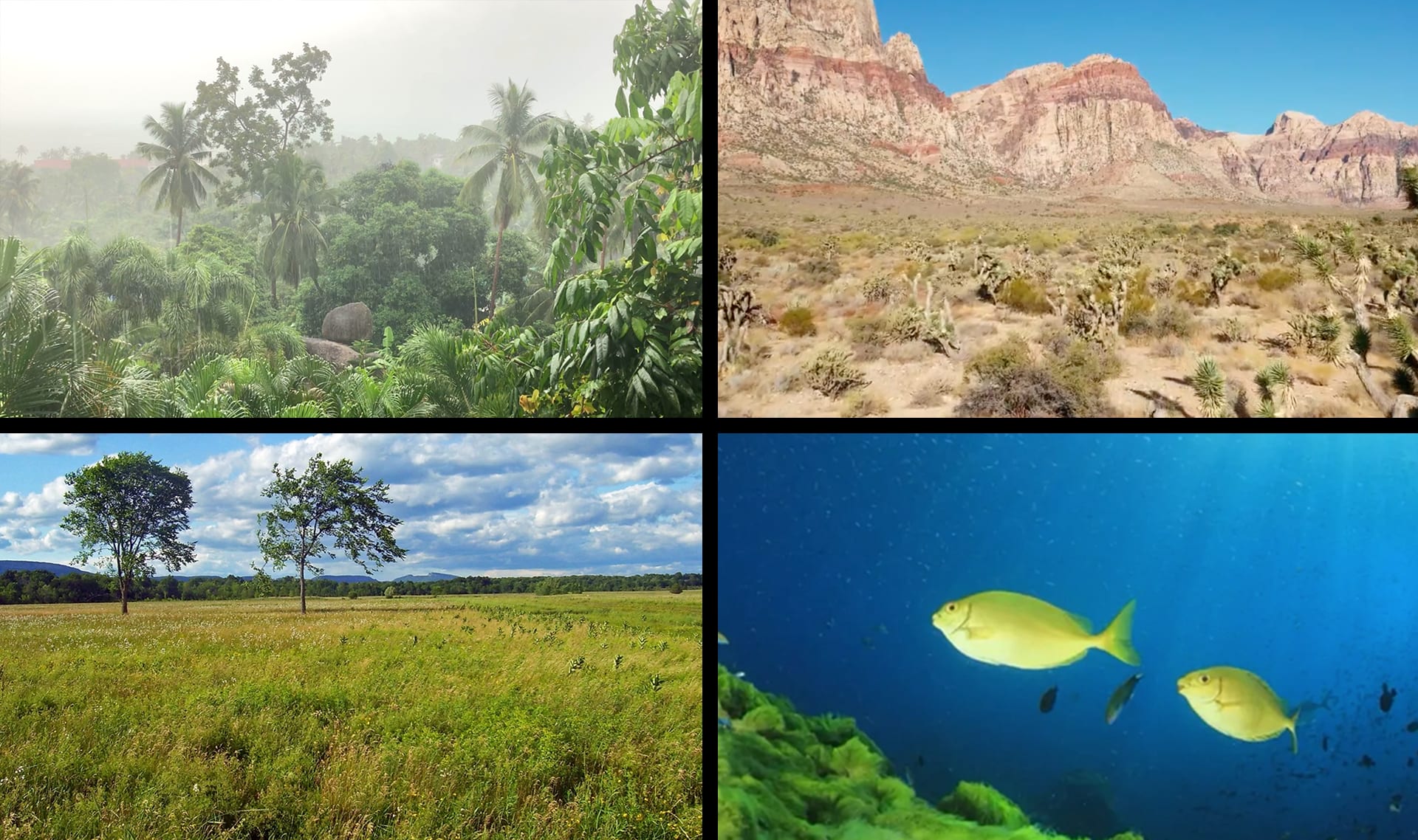
habitat
3 of 15
the place where an animal or plant lives
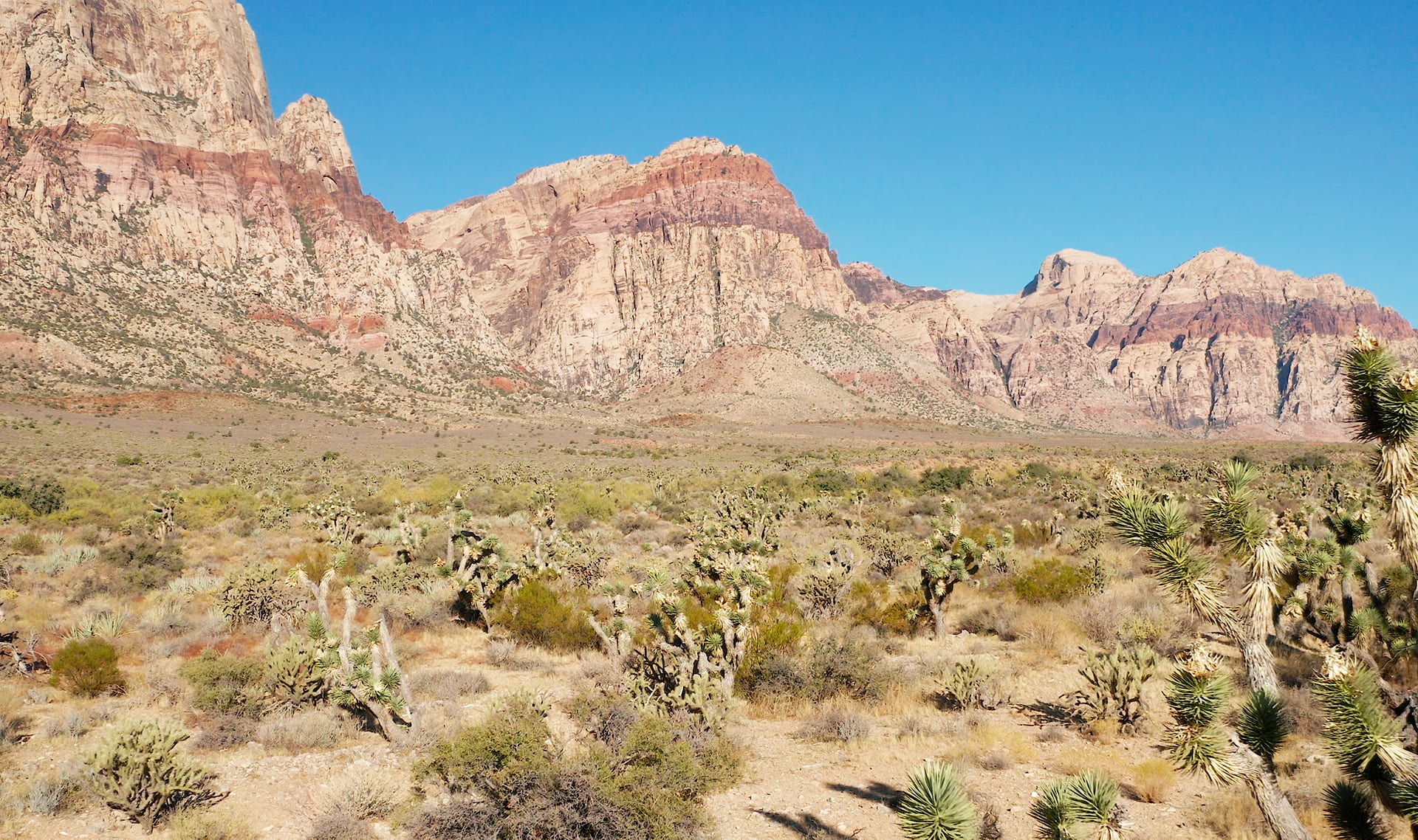
desert
4 of 15
a habitat that is usually hot and that gets very little rain
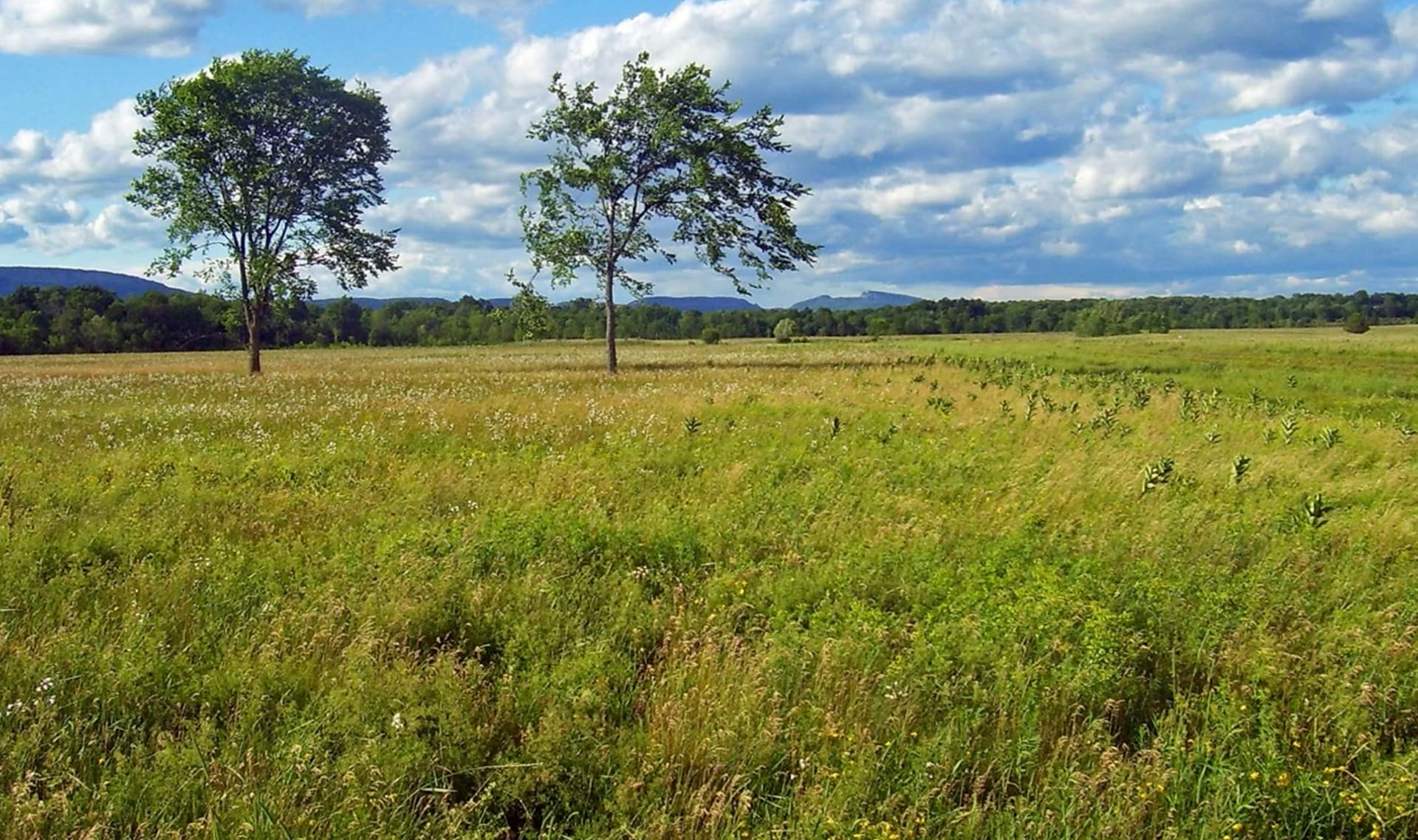
grassland
5 of 15
a habitat with mostly grasses and very few trees

ocean
6 of 15
a habitat that is a large area of salt water

rainforest
7 of 15
a habitat that is usually warm and gets lots of rain

wildlife
8 of 15
animals and plants in nature
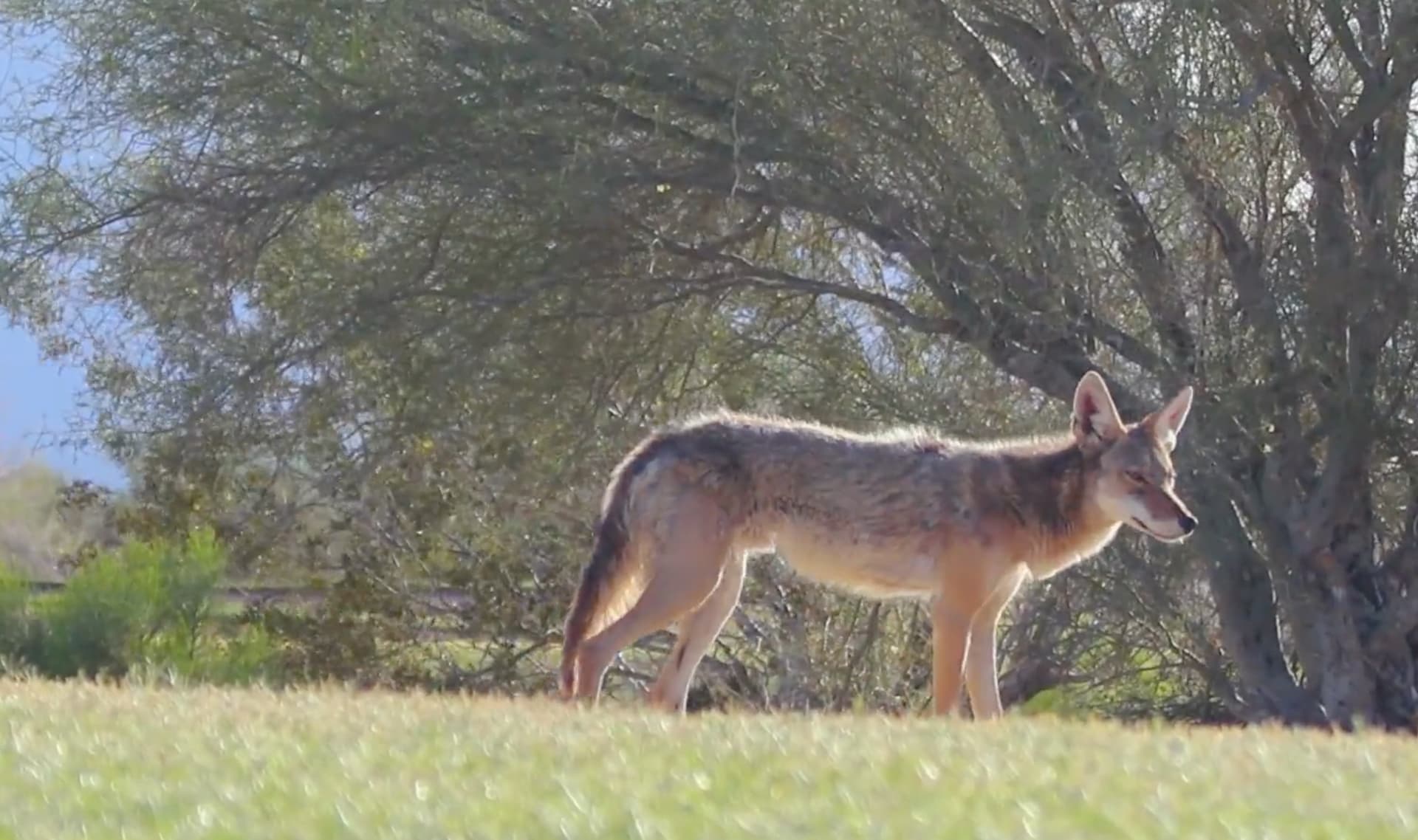
predator
9 of 15
an animal that hunts and eats other animals

wildlife biologist
10 of 15
a scientist who studies animals in nature

botanist
11 of 15
a scientist who studies plants

observe
12 of 15
to pay close attention to something

graph
13 of 15
an image that helps you understand the number or amount of something

diversity
14 of 15
lots of different types, such as many kinds of animals in a desert

compare
15 of 15
to notice what is similar and what is different between things
🎉
That’s it for this lesson! How did it go?
Extend this lesson
Sign up now for more great lessons!


